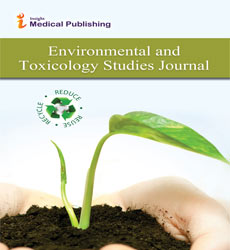Air pollution in railway: metal-enriched nature of nanoparticles and black carbon
Abstract
The use of the rail system with electricity is especially interesting due to its low emissions, high speed and safety. The aim of this work was to study the concentrations of nanoparticles (N) and black carbon (BC) in two ground-level railway platforms and inside trains in the Metropolitan Area of Porto Alegre (MAPA), through the monitoring of its variability and characterization of its chemical composition. The campaigns distributed in a period of thirteen months between 2018 and 2019 occurred twice a month with two-hour daily measurements inside trains and seven hours on Rodoviária, station in urban area of Porto Alegre, and Fatima, station in industrial area of Canoas. For the monitoring of N10- 420 nm and BC2.5 μm, SMPS Nanoscan 3910 TSI® and aetalometer AE51 MicroAeth® were used, respectively. Meteorological variables and other pollutants from the study area (PM10, SO2, CO, NO2, NO, O3) were studied in order to relate them to N and BC. Passive samplers and T60 aetalometer filters were used for particle sampling. For analysis of chemical composition, field emission scanning electron (FE-SEM) and high resolution transmission (HR-TEM) microscopies, energy dispersion (EDS) and Raman spectroscopies were performed. The results showed that the vast majority of the recorded nanoparticles have an aerodynamic diameter of less than 100 nm, and their concentrations, as well as those of BC, are higher in the station in industrial area when compared to urban and trains. The influence of meteorological variables, especially temperature with higher concentrations in cold periods, was observed.
Open Access Journals
- Aquaculture & Veterinary Science
- Chemistry & Chemical Sciences
- Clinical Sciences
- Engineering
- General Science
- Genetics & Molecular Biology
- Health Care & Nursing
- Immunology & Microbiology
- Materials Science
- Mathematics & Physics
- Medical Sciences
- Neurology & Psychiatry
- Oncology & Cancer Science
- Pharmaceutical Sciences
